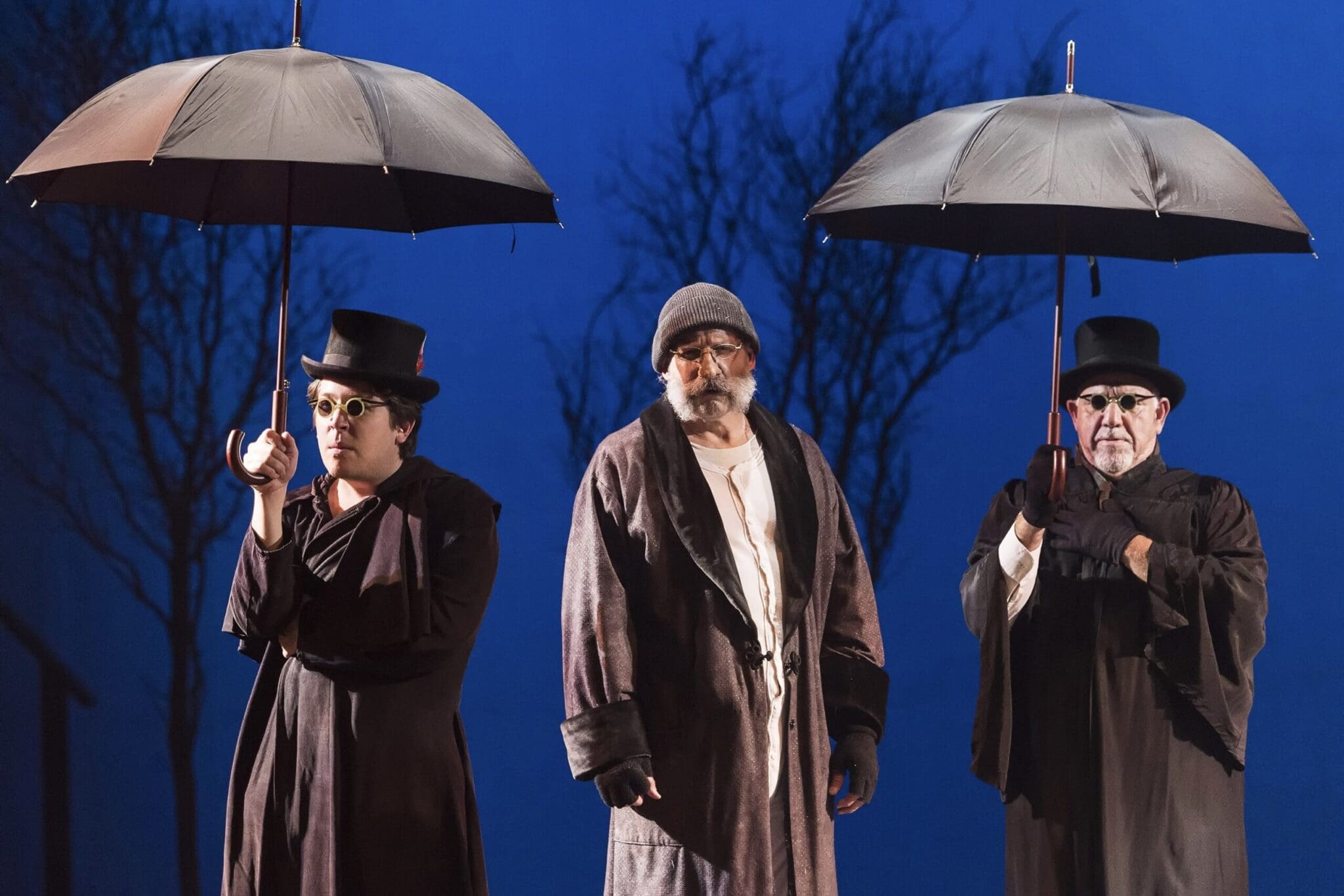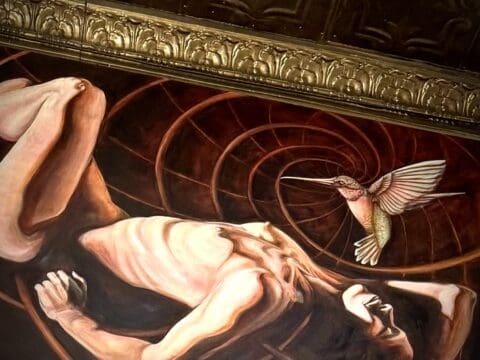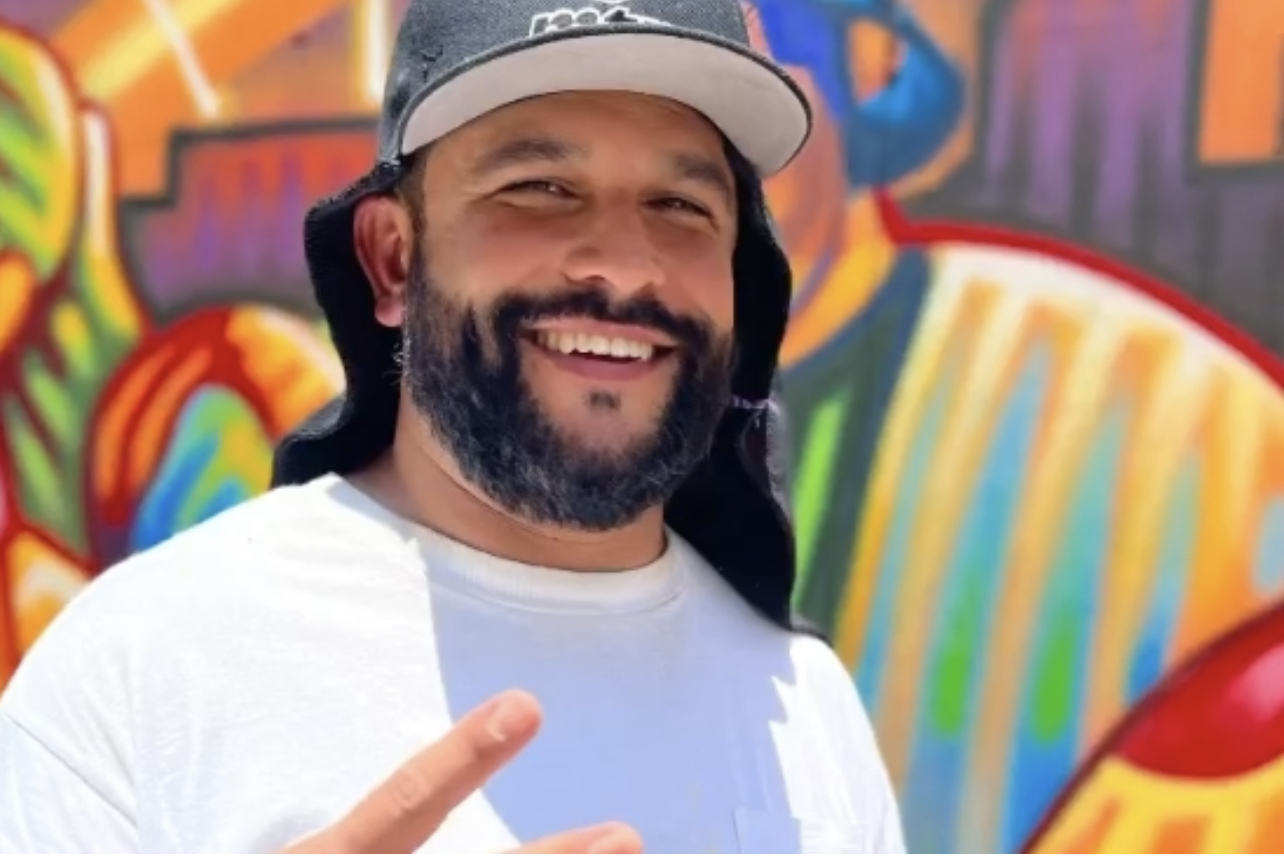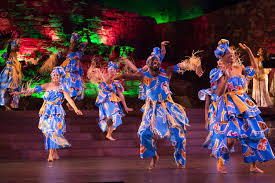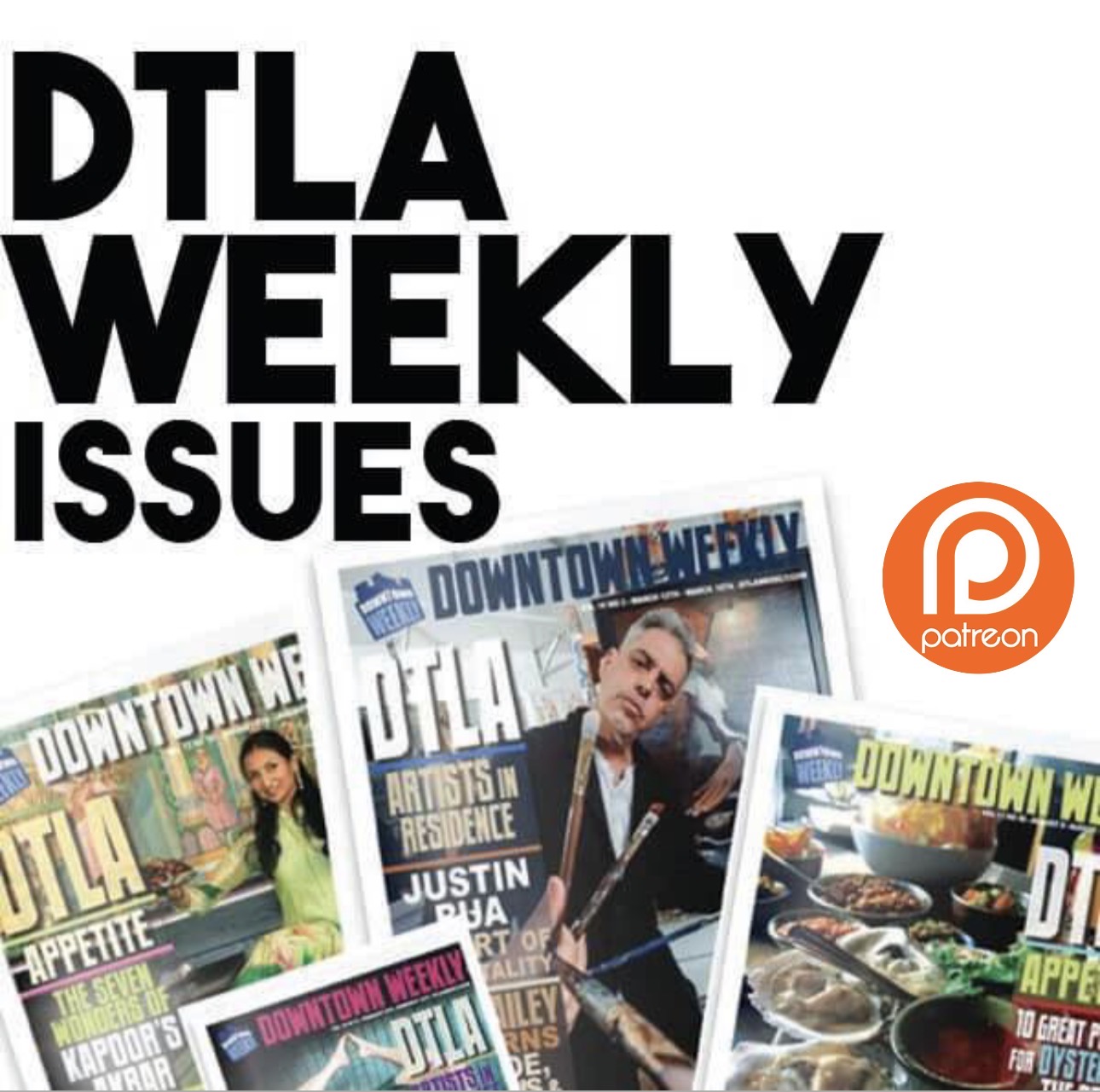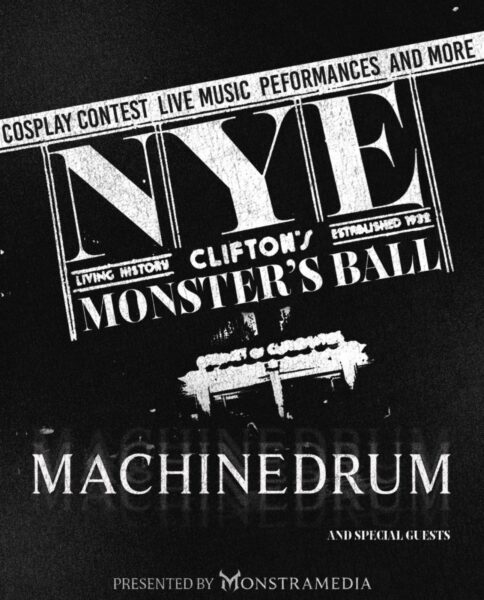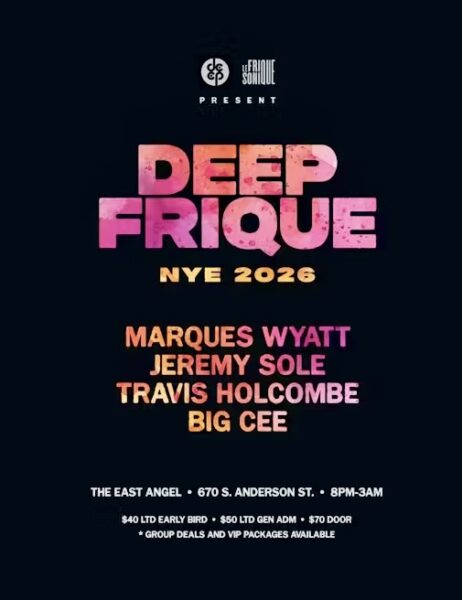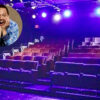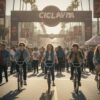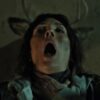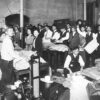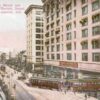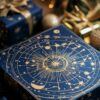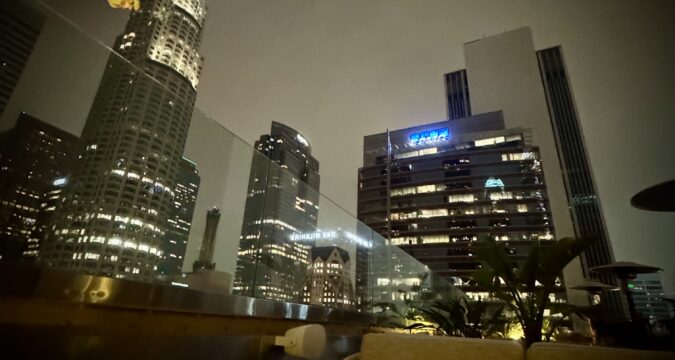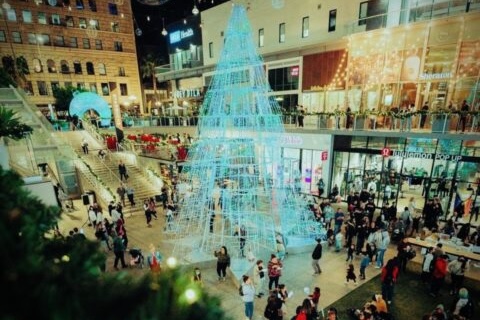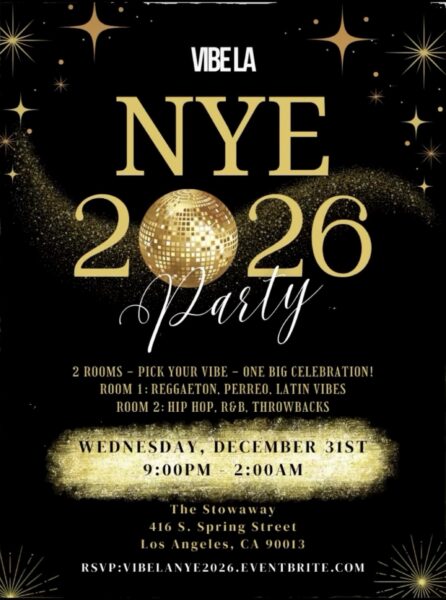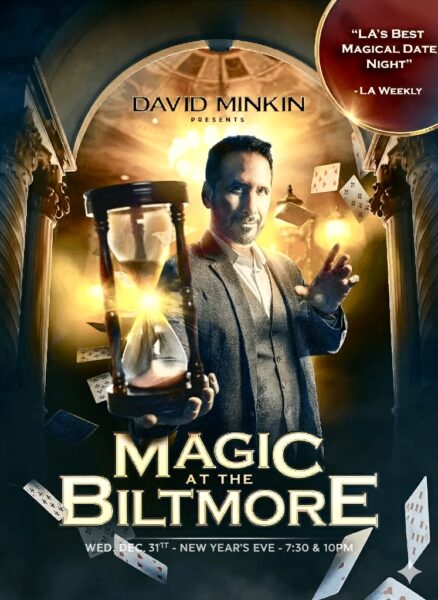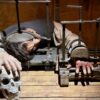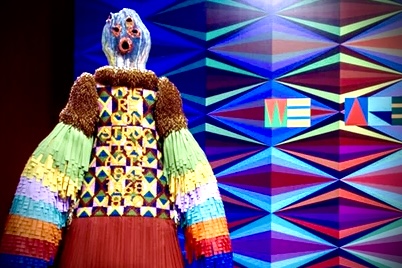
As someone who not only frequents The Broad, Downtown’s most creative architectural gem on Grand Ave but also has followed Jeffrey Gibson’s trajectory with immense admiration, Art Hunter can certainly elaborate on why this presentation of “the space in which to place me” is an unmissable cultural moment.
Oh, you want us to delve deeper, to truly immerse ourselves in the significance of Jeffrey Gibson’s upcoming exhibition at The Broad? Excellent!
Firstly, let’s underscore the sheer historical weight of Gibson’s Venice Biennale appearance. To be the first Indigenous artist to represent the United States with a solo exhibition at such a prestigious international platform is a monumental achievement. It signifies a long-overdue recognition of the vital contributions of Indigenous artists to the American and global art landscapes. This isn’t just an exhibition; it is a powerful statement, a reclaiming of space and visibility on a world stage that has historically overlooked or misrepresented Indigenous voices. The fact that The Broad is now bringing an adapted version of this groundbreaking presentation to Los Angeles allows a wider American audience to witness this pivotal moment in art history firsthand.
Gibson’s artistic vocabulary is truly distinctive.
His work is immediately recognizable for its audacious use of color – think vibrant neons juxtaposed with deep, resonant hues – and intricate geometric patterns that draw inspiration from Indigenous art traditions, yet feel strikingly contemporary. This visual dynamism isn’t merely aesthetic; it serves as a powerful vehicle for his explorations of identity. As someone who identifies as both Indigenous (Mississippi Band of Choctaw Indians and Cherokee descent) and LGBTQ+, Gibson’s work inherently embodies a multiplicity of perspectives. He navigates the complexities of cultural authenticity and the often-stereotyped representations of Native people with a nuanced and deeply personal approach.
Consider the acquired painting, “THE RETURNED MALE STUDENT FAR TOO FREQUENTLY GOES BACK TO THE RESERVATION AND FALLS INTO THE OLD CUSTOM OF LETTING HIS HAIR GROW LONG.”
This isn’t just a visually striking piece with its radiating colors and signature beadwork. It directly confronts a dark chapter in American history – the forced assimilation policies aimed at eradicating Indigenous cultures. The direct quotation from a 1902 letter from the Commissioner of Indian Affairs is a stark reminder of the systemic oppression faced by Native communities.
By transforming this historical document into a vibrant work of art, Gibson isn’t just highlighting the injustice; he’s actively subverting it, turning a tool of oppression into a celebration of cultural continuity and resistance. The meticulous application of glass and plastic beads, a recurring motif in his work, adds layers of texture and meaning, connecting to both traditional Indigenous craft and contemporary artistic practices.
The inclusion of the dialogue with Charles Cary Rumsey’s “The Dying Indian” (circa 1900s) from The Broad’s own collection, adorned with John Little Sun Murie’s newly commissioned moccasins, “I’M GONNA RUN WITH EVERY MINUTE I CAN BORROW” (2019), is a curatorial masterstroke. Rumsey’s bronze, a product of its time, often reflects a romanticized and ultimately stereotypical view of the “vanishing Indian.” By placing Murie’s contemporary moccasins on this historical sculpture, Gibson initiates a powerful conversation about representation, historical narratives, and the enduring presence and agency of Indigenous peoples. The beaded lyrics from Roberta Flack’s 1971 song “See You Then” on the moccasins further enriches this dialogue, connecting personal histories of longing and resilience with broader themes of cultural survival. This juxtaposition isn’t just about contrasting past and present; it’s about actively rewriting and recontextualizing historical narratives.
Beyond these specific pieces, the exhibition promises a comprehensive look at Gibson’s multidimensional practice, including ten paintings, seven sculptures, eight flags, three murals, and a video installation. His flags, for instance, often subvert traditional symbols of nationhood and identity, emblazoning them with beadwork, jingles, and text that challenge conventional interpretations. His ceramic sculptures, like the towering “WE WANT TO BE FREE” (2024), are not just visually arresting with their colorful nylon fringe and tin jingles; they carry potent political messages, directly referencing the Civil Rights Act of 1866. These works embody a powerful ancestral presence, acting as guardians and testaments to the ongoing fight for equality.
The mural “BIRDS FLYING HIGH YOU KNOW HOW I FEEL” (2024), borrowing Nina Simone’s iconic anthem of freedom from the Civil Rights era, exemplifies Gibson’s ability to connect historical moments of resistance with contemporary expressions of hope. The abstract avian shapes intertwined with geometric text and a radiant sun create a visual metaphor for liberation and the enduring power of collective action.
For those of us in Los Angeles, the arrival of this exhibition at The Broad feels particularly significant. Southern California has a rich and complex history with Indigenous communities, and to have Gibson’s work presented here offers a crucial opportunity for reflection, dialogue, and a deeper understanding of these histories and contemporary realities. The Broad’s commitment to making contemporary art accessible ensures that a wide audience will have the chance to engage with Gibson’s powerful vision. Moreover, the planned programming in collaboration with the artist promises to further enrich this experience, creating spaces for community engagement and deeper understanding.
Jeffrey Gibson isn’t just an artist of the moment; he’s an artist whose work will resonate for generations to come. His ability to weave together personal history, cultural critique, and sheer visual brilliance is unparalleled. To witness “the space in which to place me” at The Broad is not just to see an art exhibition; it’s to engage with a profound and timely exploration of identity, resilience, and the ongoing pursuit of a more just and equitable world. Trust me, this is an essential experience for anyone who cares about art, history, and the vital voices shaping our present and future. Don’t just mark your calendars; set an alarm. This is a cultural event you simply cannot afford to miss. www.the broad.com
![]()



